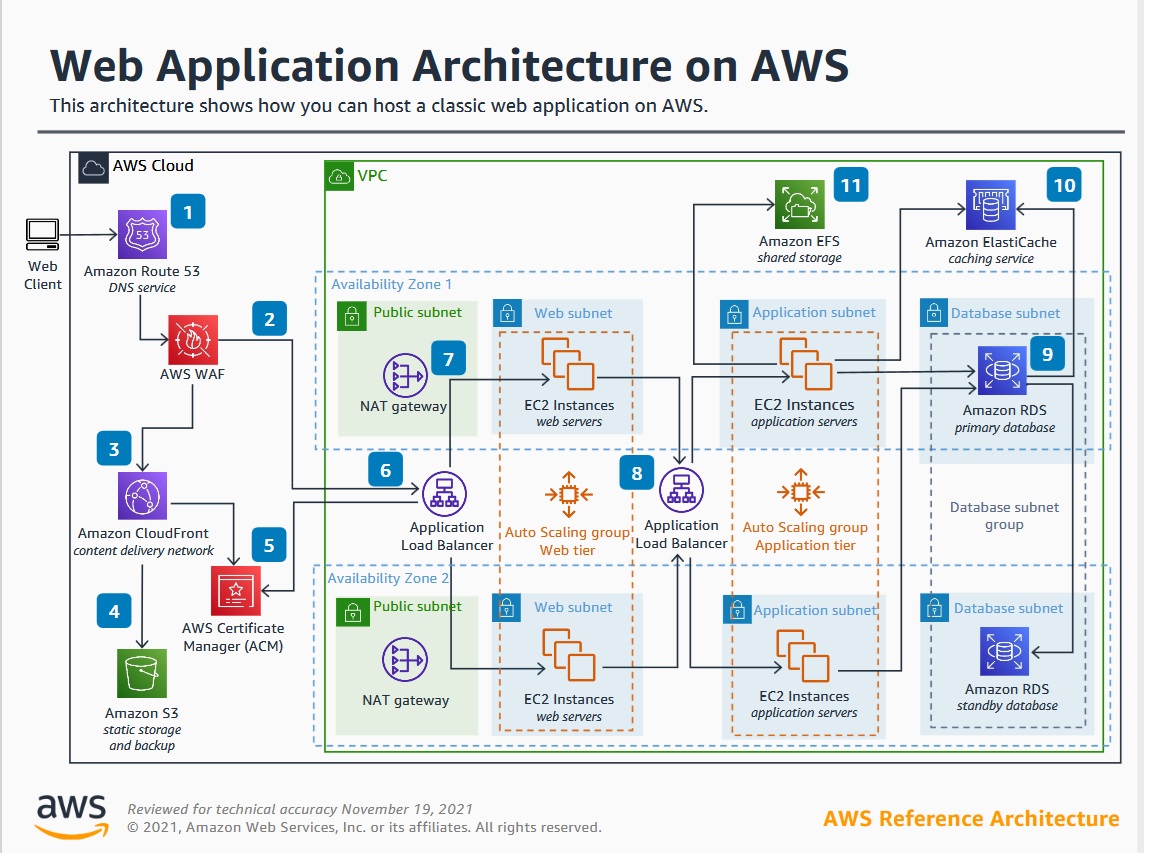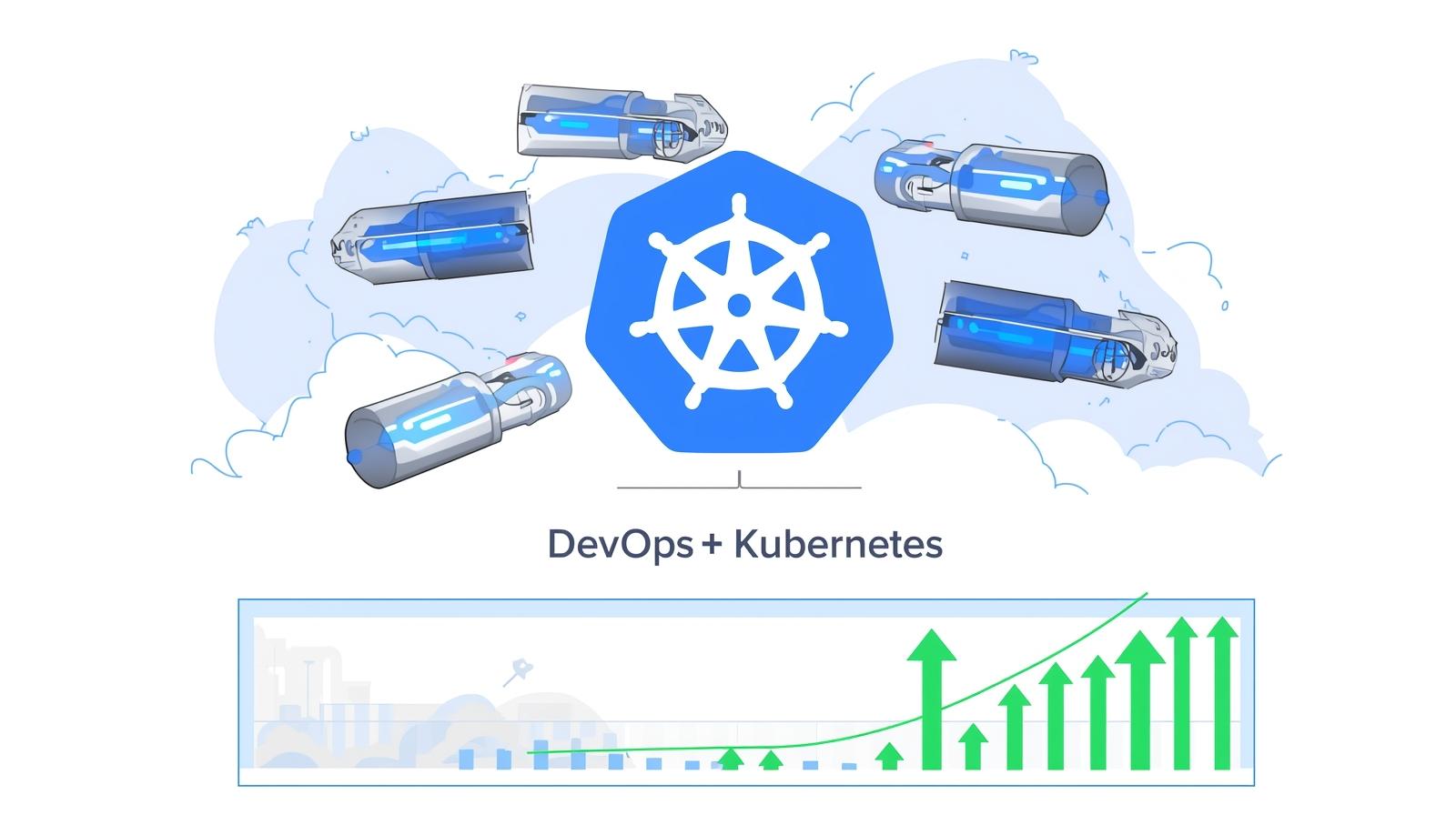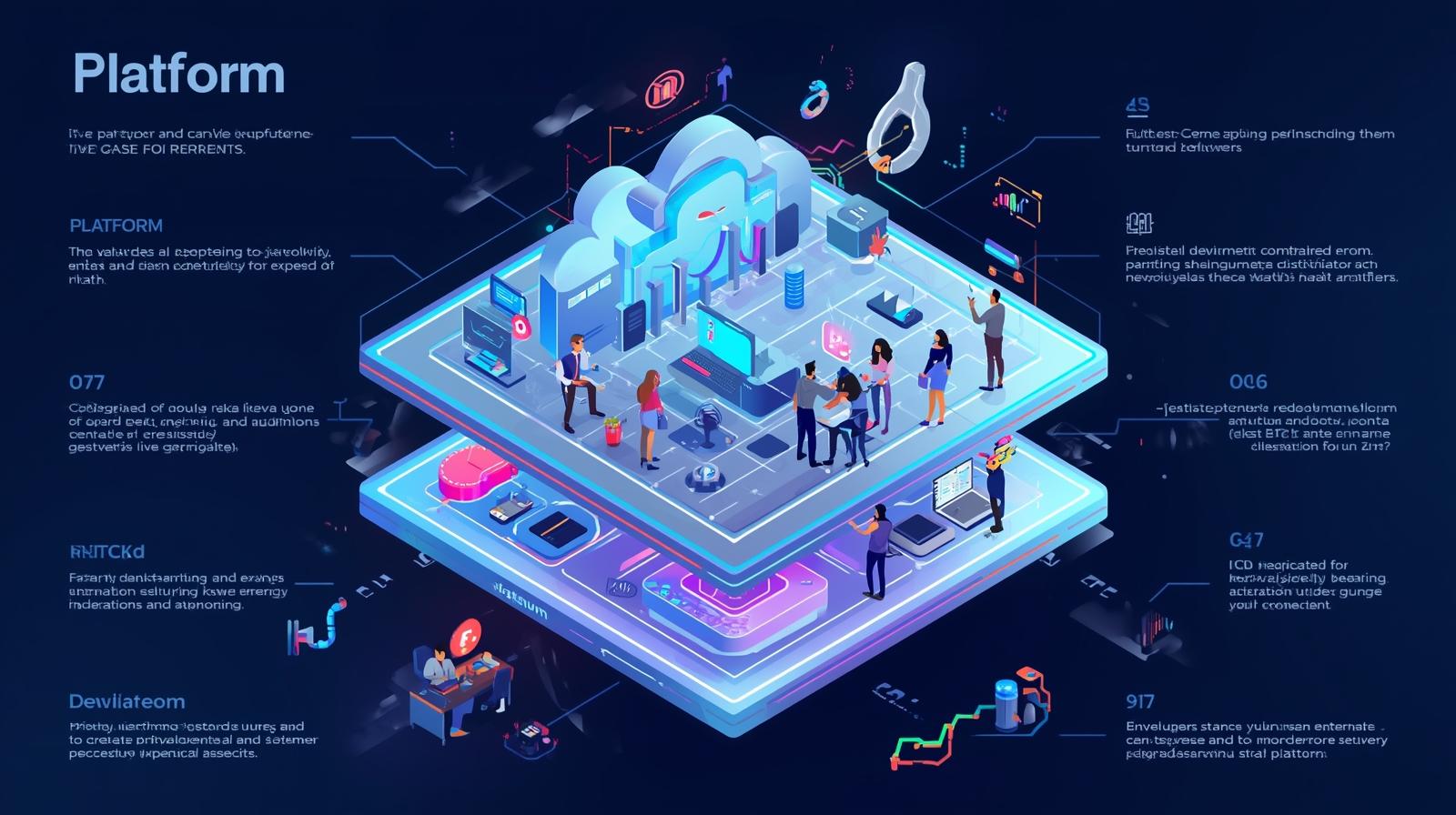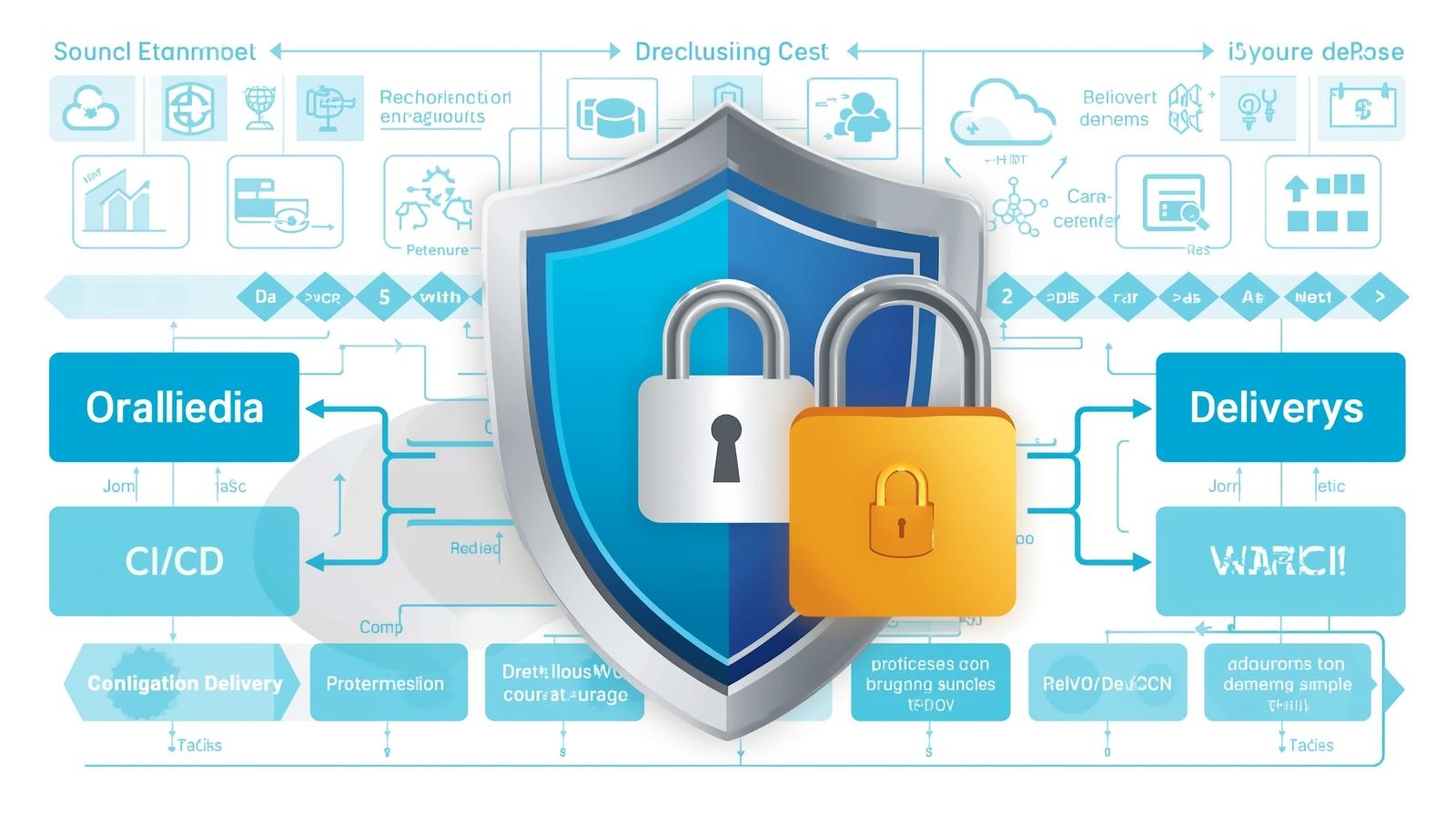Microservices on AWS: A Scalable and Efficient Approach to Cloud Architecture
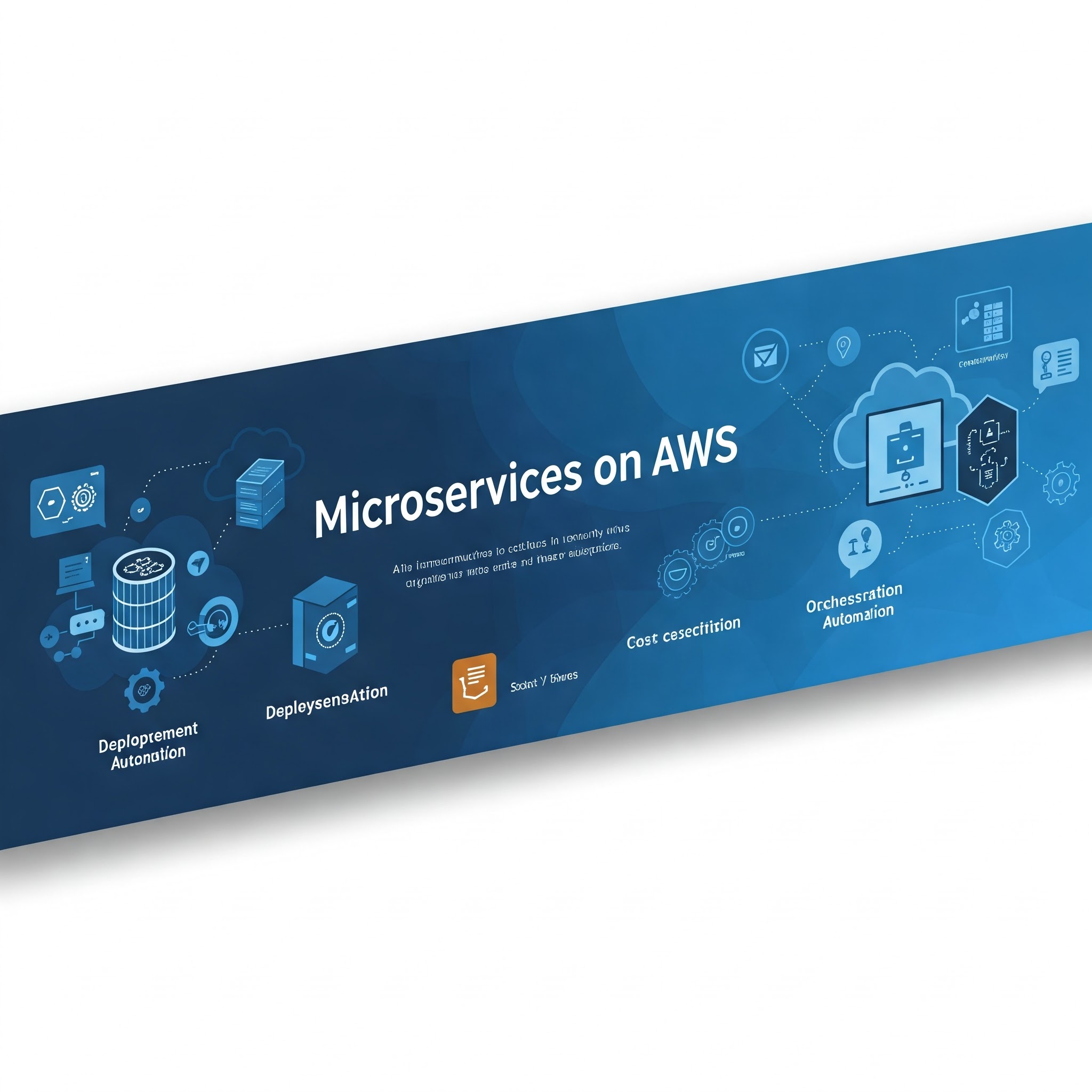
Explore how to build, deploy, and scale microservices on AWS using powerful services like ECS, EKS, Lambda, and API Gateway. Learn how AWS supports modern cloud-native applications with flexibility, scalability, and security

Microservices on AWS: A Scalable and Efficient Approach to Cloud Architecture
Microservices architecture has become a popular choice for building and deploying large-scale applications in the modern cloud era. With AWS (Amazon Web Services) providing a wide array of tools and services to manage microservices, it offers a powerful platform for deploying highly scalable and resilient applications.
In this blog, we’ll explore how AWS can be used to design, deploy, and scale microservices, and how its offerings make it easier to develop and manage such systems.
What Are Microservices?
Microservices architecture is an approach where an application is developed as a collection of loosely coupled, independently deployable services. Each microservice typically performs a specific business function, operates independently, and communicates with other services through APIs.
Unlike traditional monolithic applications, where the entire system is tightly integrated, microservices are decoupled, making it easier to scale, maintain, and evolve specific parts of the application without affecting others.
Why Choose AWS for Microservices?
AWS provides a broad set of cloud services that facilitate the development, deployment, and management of microservices applications. Here’s why AWS is a top choice for implementing microservices:
Scalability and Flexibility: AWS offers auto-scaling capabilities that automatically scale resources up or down based on traffic, making it perfect for applications with fluctuating loads.
Managed Services: AWS provides managed services such as AWS Lambda, ECS, EKS, and API Gateway, which simplify infrastructure management, allowing developers to focus on business logic rather than maintenance.
Security and Compliance: With AWS, you benefit from a secure environment, compliance certifications, and a range of security features such as VPC, IAM, encryption, and more.
Integration with CI/CD Pipelines: AWS offers tools like AWS CodePipeline, CodeDeploy, and CodeBuild to facilitate continuous integration and continuous deployment (CI/CD), automating the entire software delivery pipeline.
Key AWS Services for Microservices
1. Amazon Elastic Kubernetes Service (EKS)
Kubernetes is one of the most popular container orchestration tools, and Amazon EKS makes it easy to run Kubernetes clusters in the AWS cloud. EKS simplifies container management, scalability, and monitoring for microservices-based architectures.
Features:
Automatic scaling
Managed Kubernetes infrastructure
Easy integration with other AWS services like RDS, DynamoDB, and Lambda
2. Amazon Elastic Container Service (ECS)
For teams using Docker, Amazon ECS is a highly scalable container management service. It simplifies the deployment, management, and scaling of containerized applications on AWS.
Features:
Native integration with other AWS services
Choice of using EC2 instances or AWS Fargate for serverless container execution
Supports both EC2 instances and serverless architectures
3. AWS Lambda
AWS Lambda allows you to run code without provisioning or managing servers. It’s an ideal solution for serverless microservices where each service runs in response to an event, such as HTTP requests or message queues.
Features:
Fully serverless, no infrastructure management
Integration with AWS API Gateway and EventBridge
Pay-per-use pricing model
4. Amazon API Gateway
To build, deploy, and manage APIs for your microservices, AWS API Gateway provides a fully managed service. It handles traffic routing, authorization, and access control, making it easier to expose microservices via RESTful APIs.
Features:
Integration with AWS Lambda, allowing you to connect microservices with little overhead
Traffic management and throttling
Secure API access using AWS Cognito or IAM
5. Amazon RDS and DynamoDB
AWS offers a variety of databases for your microservices, including relational databases like Amazon RDS and NoSQL options like Amazon DynamoDB. Depending on the nature of your service, you can choose the database that best fits your requirements for performance, scalability, and consistency.
Amazon RDS: Managed relational databases like PostgreSQL, MySQL, and Aurora.
Amazon DynamoDB: A managed NoSQL database with fast and predictable performance at any scale.
Building Microservices with AWS: A Step-by-Step Approach
Design and Break Down the Application:
Identify the business domains and create services around them. Each service should ideally correspond to a specific feature or functionality.
Set Up Your Containerization Strategy:
Containerize your microservices using Docker and choose between ECS, EKS, or Lambda for deployment.
Use Amazon API Gateway:
Expose each microservice through an API managed by Amazon API Gateway. Configure routing, monitoring, and security policies.
Deploy Using CI/CD Pipelines:
Automate your build, test, and deployment processes using AWS CodePipeline, CodeBuild, and CodeDeploy.
Ensure Scalability and Monitoring:
Set up auto-scaling policies and integrate AWS CloudWatch for monitoring, alerting, and logging.
Manage Security:
Implement security best practices with AWS IAM for access control, VPCs for networking isolation, and encryption to protect data.
Benefits of Microservices on AWS
Improved Development Velocity:
With microservices, teams can work independently on different components of the application, accelerating development cycles.
Scalability and Cost Efficiency:
Services can scale independently, and with AWS’s pay-as-you-go model, you only pay for the resources you actually use.
Resilience and Fault Isolation:
Since microservices are isolated, a failure in one service doesn’t necessarily affect others, enhancing the system’s overall resilience.
Technology Flexibility:
Different microservices can use different technologies or programming languages based on specific needs, offering high flexibility.
